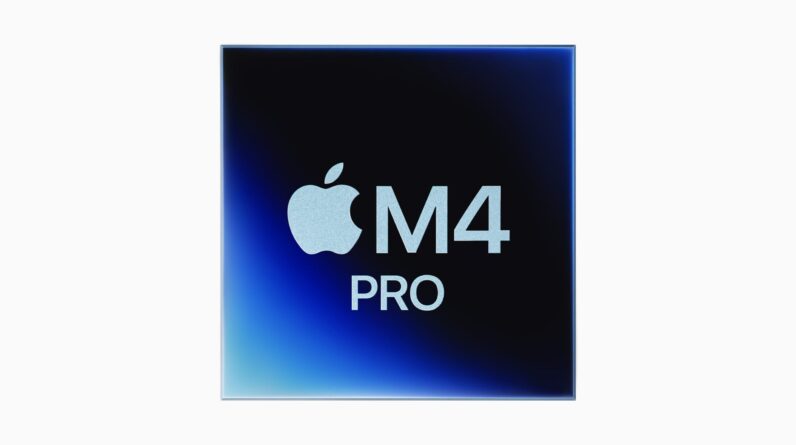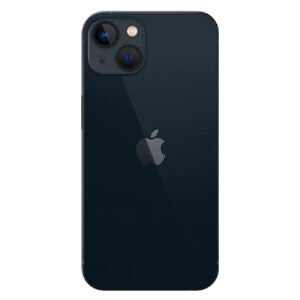
Apple has announced the new Mac mini today and the highest-end version is the first product announced to be powered by the newly-announced M4 Pro processor.
The Mac mini with an M4 Pro processor is is £1,399, at least £300 more expensive than the top M4 £1,099) configuration with some other improvements. Apple clearly thinks there is plenty to be gained by opting for an M4 Pro option.
It’s worth delving into the differences between the M4 and the M4 Pro Apple Silicon offering on paper, so you’ve got a better idea of whether it’s worth splurging on that top-end Mac mini.
The finer points will play out during our testing of the respective chips, for now but here’s what Apple is defining as the key benefits of its scaled-up M4 chips.

Get the iPhone 13 for just £249
The iPhone 13 is now available in ‘Good’ refurbished condition on Giffgaff, which is an absolute bargain.
- Giffgaff
- Refurbished
- Now £249
M4 Pro has more CPU cores and max RAM
In terms of sheer brute force, the M4 Pro has a big advantage. The standard M4 Pro offering includes 12-core CPU with 8 performance cores and 4 efficiency cores (but it can be pushed farther, to 14-cores). Apple says it offers “lightning-fast” single-threaded performance.
That’s M4 maxes out with a 10-core CPU (4 performance, 6 efficiency), meaning the Pro has double the performance cores to handle the heavy lifting.
While the M4 offers a maximum Unified Memory offering of 32GB, while the M4 Pro can double that, all the way up to 64GB. The M4 Pro has 273GB/s memory bandwidth, while the M4 maxes out at 120GB/s memory bandwidth. Again, more than double.
Apple says: “With M4 Pro, it takes the advanced technologies in M4 and scales them up to tackle even more demanding workloads.”


Graphics gains highly likely too
The M4 Pro has a 16-core GPU as standard (it can be pushed to 20-cores at the highest end), while the M4 has a 10-core GPU.
Apple says this equals twice as powerful graphics performance over the M4 configuration, although both chipsets offer hardware accelerated ray tracing for gamers, which is a first for the Mac mini series.
Thunderbolt 5 is here
The M4 Pro chip, significantly. supports Thunderbolt 5. Apple says this enables insane data transfer speeds of up to 120Gbps, which is more than double what you can achieve via Thunderbolt 4 ports that come with the M4 configuration of the Mac mini – 40Gbps speeds.
This also means support for more displays and better quality displays, which is quite important considering the Mac mini starts with a grand total of zero.
With M4 Pro Apple says you can support: Three displays, up to 6K resolution at 60Hz over Thunderbolt or HDMI. Two displays, with one at 6K/60Hz and one at 8K/60Hz or 4K/240Hz over Thunderbolt or HDMI.








